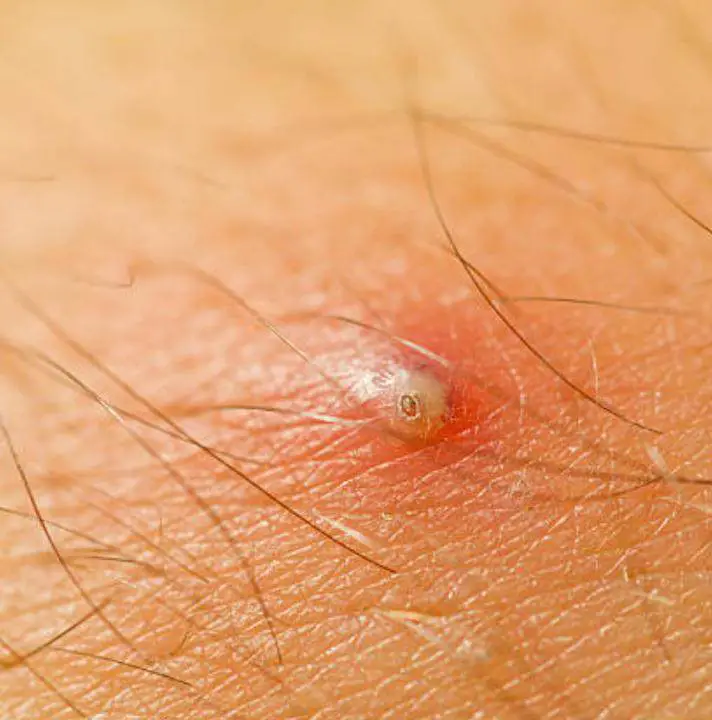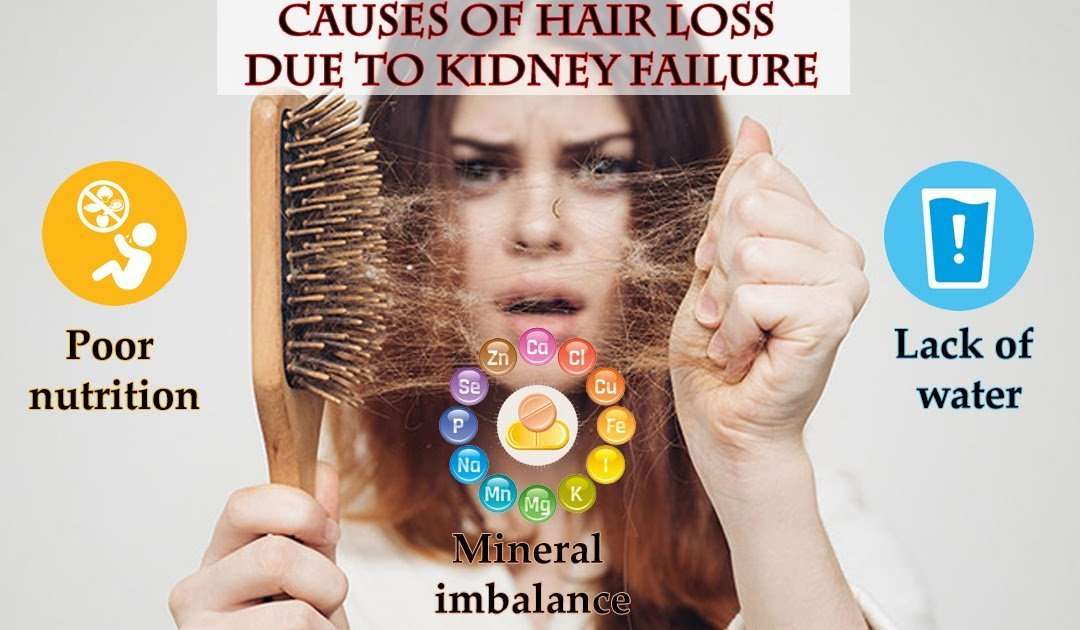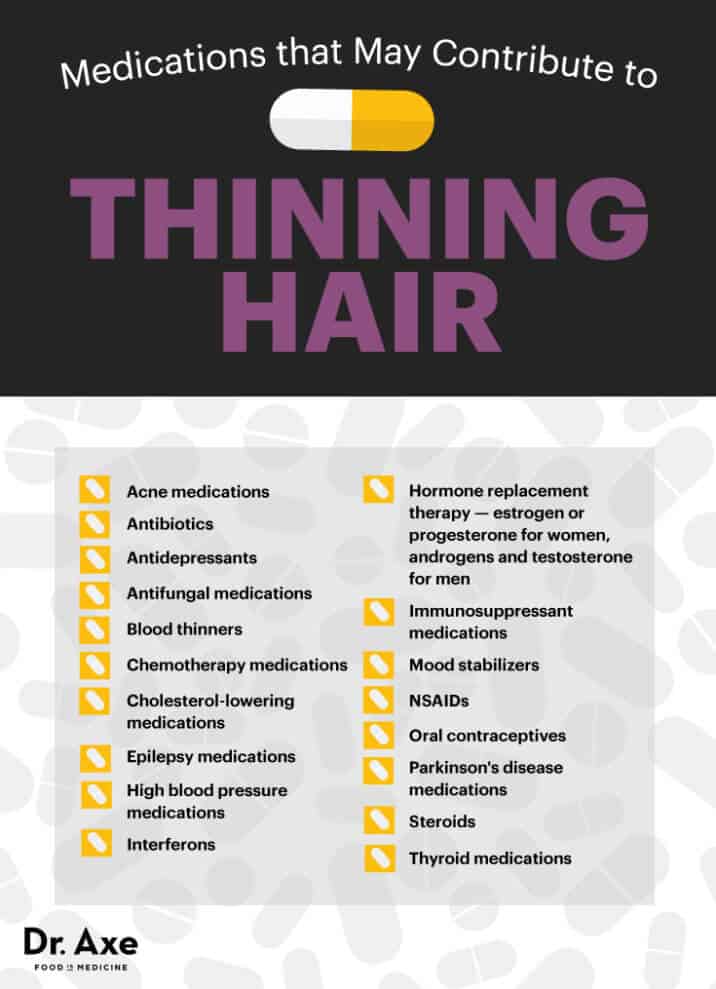Table Of Content

If you start implementing some of the tips to prevent ingrown hairs we discussed earlier you will be working to remove those stubborn little hairs less frequently. There are two groups of ingrown hairs – those caused by, already mentioned, infected follicles and the ones caused by a secondary skin infection. You can also find hair growth serums that contain active ingredients that have been FDA-approved to promote hair growth, like minoxidil. But you can reduce your risk with good skin products and hygiene.
Products to try
Body washes and lotions made with gentle glycolic acid will help. Ingrown hairs cause bumps, which are often itchy, where a hair has grown back into the skin. There are things you can do to treat and prevent them and in most cases you will not need to a see a GP for treatment.
Get Laser Hair Removal
Removing a hair can also cause the new hair that grows in its place to grow incorrectly. Your new hair may grow sideways and eventually curl back down. The form of treatment will likely rely on your personal preference. Do you prefer a cream that you can rub in or a more liquid option that you can quickly apply with a cotton swab?
How Do You Treat an Ingrown Hair Cyst?
Meanwhile, “the goal of a serum is to target the hair follicle directly by delivering compounds that may allow for improved or optimal hair growth,” says Dr. Mirmirani. These ingredients are those that aren’t typically found in the diet, such as minoxidil and plant-based compounds. However, if you don’t respond well in home treatment, then laser hair removal may be a better long-term option. It’s not a good idea to pop or squeeze an ingrown hair cyst, as you can introduce bacteria that can cause an infection. If the bumps or cysts become extremely bothersome — or if they aren’t fading — see a healthcare professional or dermatologist.
Razor bumps are most common in Black cisgender males and those of Asian descent, as well as people who shave. You may also be at greater risk of developing bumps with ingrown hairs if you have naturally curly hair. Remember, if you have a deep ingrown hair that just isn't going away, see your dermatologist.
Air Force approves five-year medical beard waivers - AirForceTimes.com
Air Force approves five-year medical beard waivers.
Posted: Wed, 24 Jun 2020 07:00:00 GMT [source]
They can be small, swollen bumps where you shave, tweeze, or wax. The most important thing you can do if you have this condition is to start treatment. There are many different options and, in most cases, pseudofolliculitis barbae can be considerably improved within just a few months with careful management. In some cases, your healthcare provider may swab your skin to check for a bacterial infection. This condition develops after hair has been removed by either shaving (most commonly) or waxing.
How We Selected the Best Ingrown Hair Treatments
The odds of having ingrown hair increase if your hair is naturally curly. This formula is non-irritating due to the lack of alcohol and artificial fragrances that could dry out skin. Each container holds 28 individual pads that are pretreated to help prevent ingrown hairs and are ready for use right out of the package. These pads can be used daily or as needed, however, depending on the size of the impacted area, you may need to use more than one pad to fully cover the area experiencing ingrown hairs.
Apply a Warm Compress
This can help because apple cider vinegar contains anti-inflammatory properties that help soothe irritated skin, Engelman says. Palm adds that in severe cases, your doctor might prescribe antibiotics to prevent an infection from arising. Our favorite natural way to remove ingrown hairs is to use the Dylonic Exfoliating Brush and Precision Tweezers.

He has written extensively about health and wellness and how to find the perfect product match based on someone’s budget, health concerns, and overall needs. Having recently battled a few pesky ingrown hairs himself, this list helped him better choose an at-home treatment in his price range. If an infection develops and worsens, you may need medical treatment. Most ingrown hair infections resolve in time with good hygiene, and over-the-counter creams may also help. Picking at the hair can increase the risk of an infection spreading or worsening. If the infection becomes severe, a doctor may recommend antibiotics or other treatment.
"Don’t pick at it and try and get it out yourself," she says. "We don't recommend people do that at home because it's breaking into the skin, which can lead to scarring and infections." Some people want to pick the ingrown area, in the hope that they can remove the hair themselves.
Your healthcare provider may recommend topical steroids for short-term treatment to alleviate moderate to severe inflammation. The redness and pain caused by an ingrown hair usually stop by the next day and after three days, you won’t be able to tell where the ingrown hair once was. Those new hairs have to grow somewhere, and when they can’t grow up they go backward or sideways and cause ingrown hairs.












